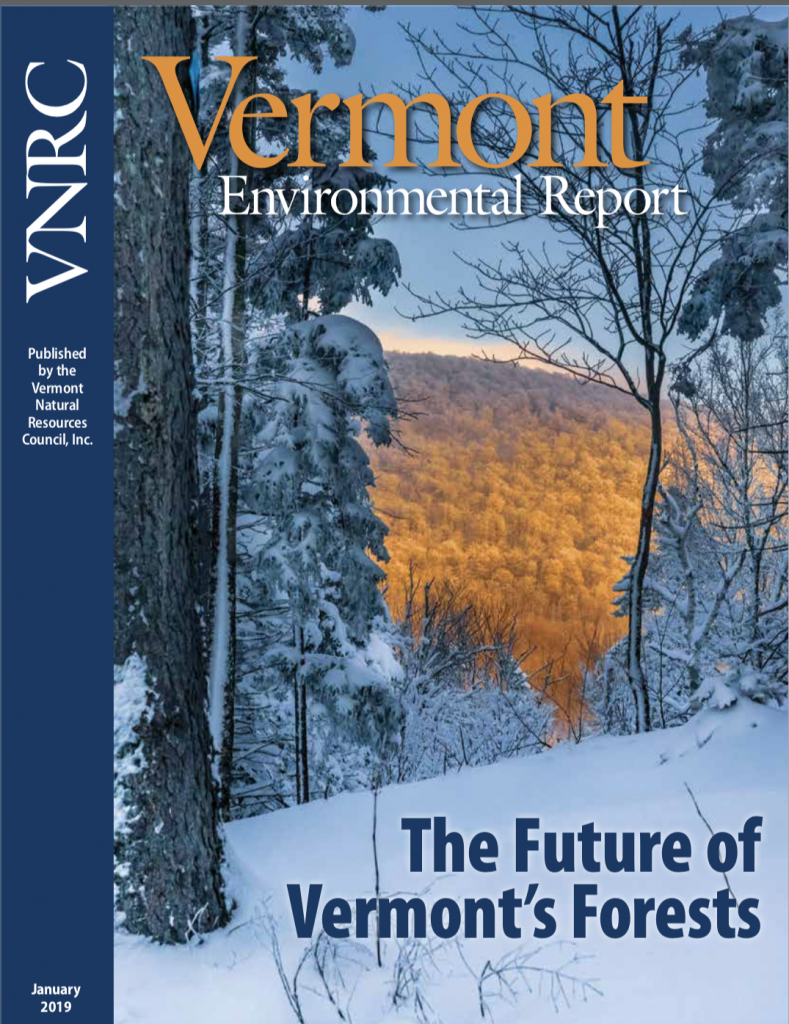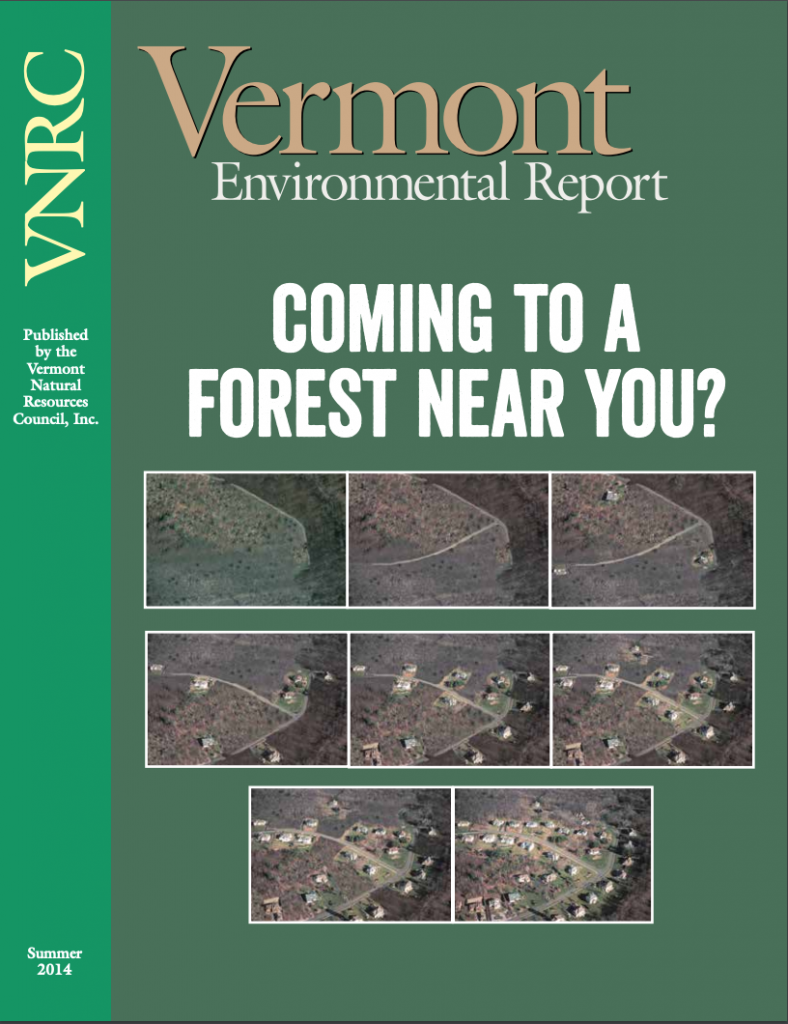Keeping our forests intact
Vermont is the third-most forested state of the lower 48, with approximately 4.5 million acres of forestland covering approximately 78% of the state. Forests maintain air quality, water quality, flood resilience, and wildlife habitat, and are a valuable tool for fighting climate change by sequestering and storing carbon.
But research by VNRC shows that the phenomenon of forest fragmentation through parcelization and the subdivision of forestland into smaller and smaller pieces and multiple ownerships is gaining momentum.
What is forest fragmentation?
Forest fragmentation typically occurs when forestland is separated, or divided into smaller lots, typically resulting in an increase in the number of parcel owners. This can lead to new development (roads, septic, utility lines, etc.), which “fragments” the landscape.
Forest fragmentation can have a number of deleterious effects on the surrounding environment. It reduces the potential of working lands by creating parcels too small to be sustainably managed. It decreases the ecological function of forests: their ability to provide viable habitat for plants and animals, maintain water quality and mitigate floods, sequester and store carbon, and more. And it can undermine our forests’ ability to provide recreation and hunting opportunities as access becomes more limited.
Our work
VNRC’s strategies for reducing forest and habitat fragmentation in Vermont include:
- Developing an action plan
- Hosting a roundtable on the topic
- Conducting research on trends in the state
- Providing technical assistance to communities
- Promoting sound planning to address fragmentation and parcelization
- Working with landowners to promote the long-term viability of forests in Vermont.
- Supporting efforts by the Vermont Legislature to address forest fragmentation, including improving the state’s land use review law, Act 250.
- Partnering with other organizations to maintain wildlife connectivity.
Parcelization research
In 2018, VNRC launched a new web-based tool that enables local and regional planners, natural resources managers, and the public to track forest parcelization at the local, regional, and state level. The research investigates parcelization rates in Vermont between 2004 and 2016 at the town, county, Regional Planning Commission, and statewide levels.
The website provides a certain focus on data related to forests, but you can utilize the tools, resources and reports on this website to better understand overall how land use change is impacting your region, county, or town. Find it here and read the full reports at https://vtforesttrends.vnrc.org/reports.
Read more
In 2019 and 2014, we published issues of the Vermont Environmental Report that explored forest fragmentation and parcelization. The 2019 edition drew on new research that tracked parcelization rates from 2004-2016. Click on an image below to read more.





